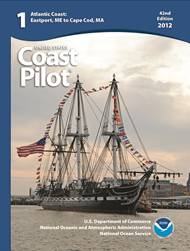UPDATE from http://northwestpassage2012.blogspot.com
20121130 UPDATE - Sorry to report that there has not been enough interest to crew for a 2013 NW Passage so we are departing south to Florida, Mexico, Panama Canal then back north to Mexico, California to home port in Oregon USA.
Alaska in 2013 and beyond...
I'll continue to monitor the boats attempting a 2013 Northwest Passage and provide updates on blog site:
http://northwestpassage2013.blogspot.com/
I suggest you bookmark this url.
I'd appreciate checkins with your boat, crew and contact particulars. So many times it would be nice to know who is ahead or to receive condition reports. If you post your information on the 2013 blog everyone has a community sourced location to reference.
I strongly suggest you consider using a www.findmespot.com GPS beacon to provide real time position tracking. Friends and family with thank you!
See you on northwestpassage2013 when new Arctic information becomes available.
Smooth seas to all,
Doug















